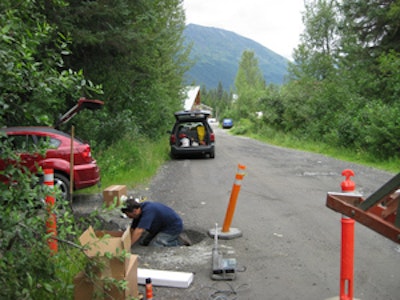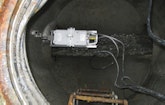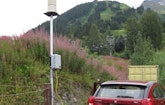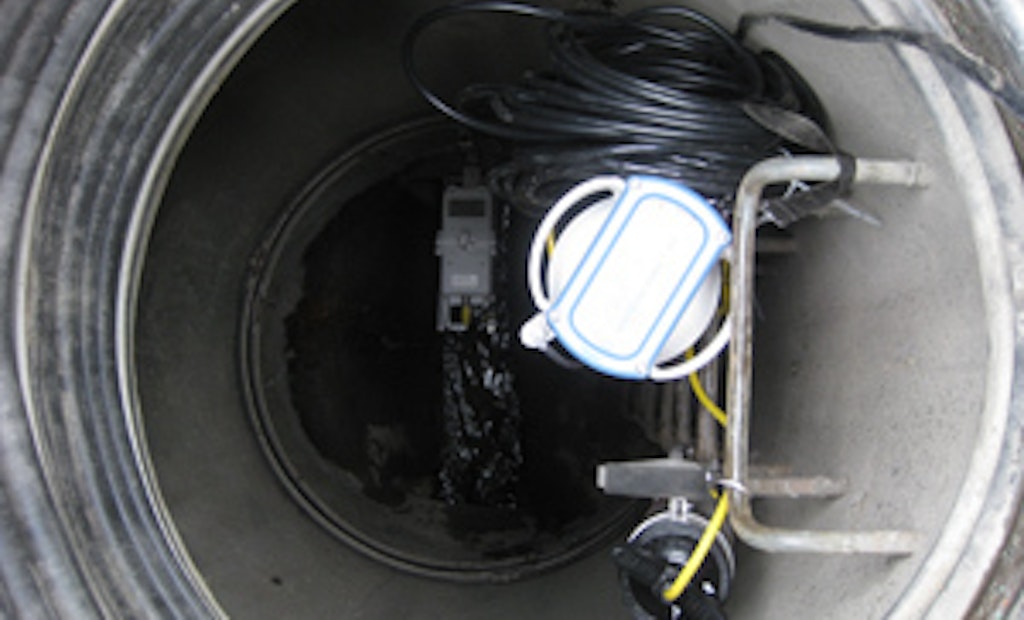The resort community of Girdwood, Alaska, receives more than 200 inches of snow annually. That’s good news for tourists who enjoy skiing on the slopes of the Chugach Mountains surrounding the town.
But during spring runoff, it’s bad news for the wastewater treatment plant,...










